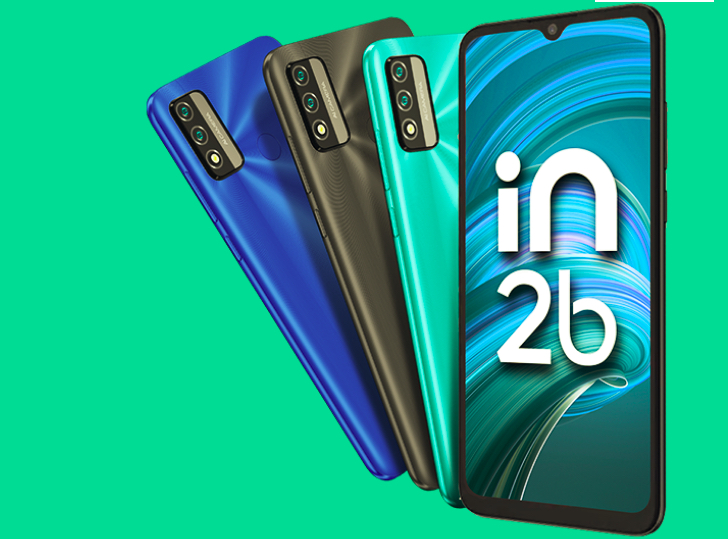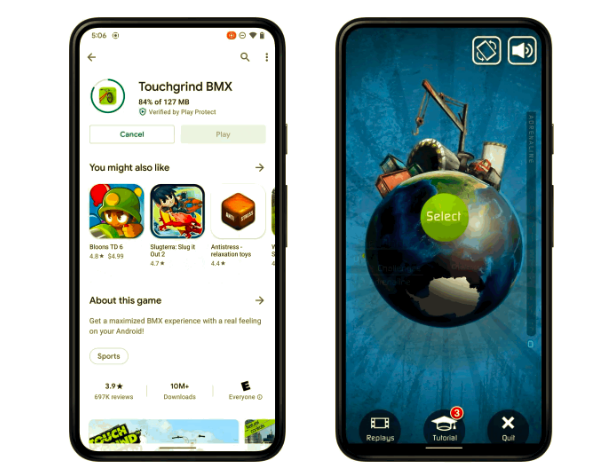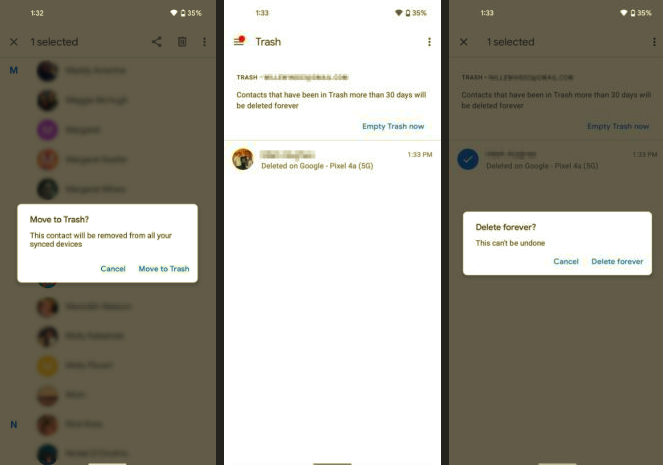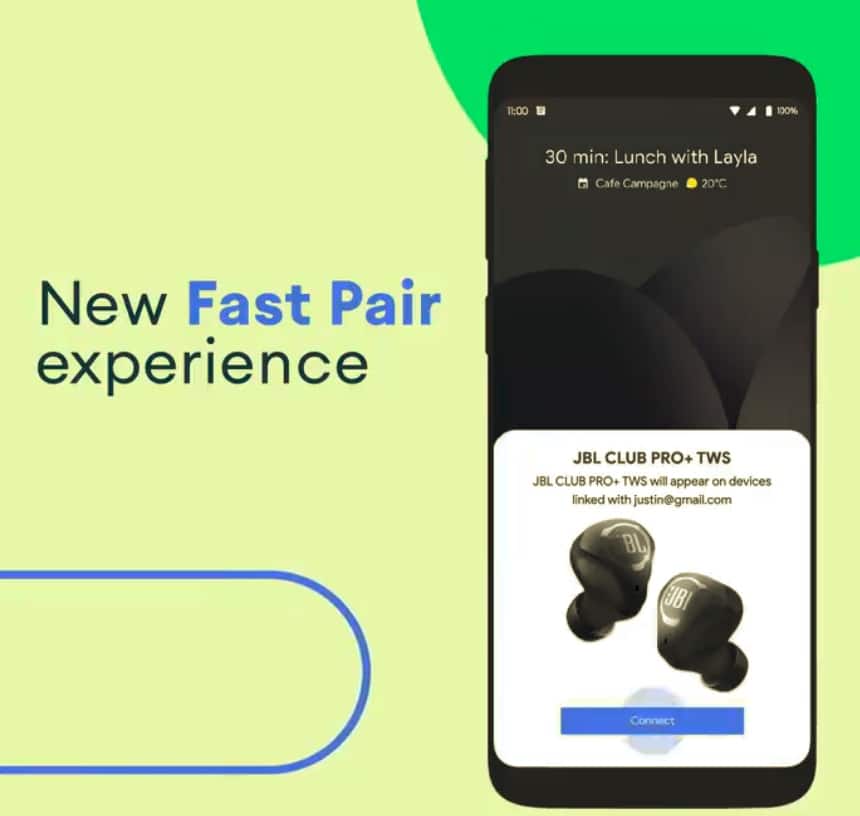Positioned, arguably, at the opposite end of the smartphone spectrum from Samsung, with a sealed design made from metal and with idiosyncratic component choices, the HTC One won critical acclaim in 2013 (here’s our full long term review) though didn’t achieve mass market sales in the same way as its plastic-favouring Far Eastern rivals. The new ‘M8’ variant of the One keeps the HTC design fairly and squarely left field, though, as before, there’s a lot to like.


The HTC One (M8), here gesture-started into its BlinkFeed homescreen
The rather oddly named HTC One (M8) is, obviously, the successor to the excellent HTC One from 2013. Also rather oddly, it’s not really that much of an improvement. Don’t take this too negatively, but if you have the original then there’s a case to be made that you don’t gain much in going to the new model. Yes, the internals are faster and the screen slightly bigger, but the phone ends up almost a centimetre longer and 17g heavier, the camera’s lost its OIS and the price has gone up. On the positive side, the elements that made many people love the original One are still here and the whole package is sleeker.
Making the M8 (I’ll call it this, for short) a fairly easy recommend if you’re after a premium, metal-bodied, crisp-screened, lightning fast Android phone and you don’t already own the 2013 HTC One! Certainly the M8 is a pleasant change after numerous plastic alternative designs from the likes of Samsung and Huawei.


The Back of the M8, sleek and curved aluminium everywhere….
Externals
The aluminium unibody feels great in the hand, there’s nothing like cold metal in convincing the senses that you’re picking up a serious piece of machinery. As before, the issue of radio waves (LTE, 3G, wi-fi, Bluetooth, NFC, GPS!) being blocked by metal has been solved with the embedding of aerials in special plastic channels top and bottom on the rear and sides, plus the top plastic face (which also incorporates the infrared transceiver). Common sense tells me that these thin strips shouldn’t work as well as the block aerials in other smartphones, yet I had no issues with signal strength.


Industrial designed edging or jarring experience? It’s subjective!
The metal of the body curves rather impressively round the sides before stopping at a rather jarring and sharp edge when the display Gorilla Glass 3 starts. Smooth, this transition isn’t. Whether this is an annoyance of a point of reassuring grip is rather subjective.
The front of the HTC One design is dominated by the twin stereo speakers, and rightly so. Whether it’s listening to podcasts or sat-nav instructions or YouTube videos or, simply, trying a speakerphone call, having loud, reliable, loud, high quality (did I mention it’s loud?) audio available in your phone is just stunning. In fact, it’s almost worth buying the One design just for this unique selling feature if audio is important to you. HTC claims the M8’s speakers are even louder than the original’s and I believe them – I got complaints from the whole family while trialling the M8 around the house – “Turn your podcast down!”


The top BoomSound speaker, sided by sensors and the 5MP front facing camera…
Justifying a centimetre of space at top and bottom of the One’s front face for the best speakers in the phone world. But, of course, that means that every other millimetre is precious and the absolute last thing you’d want to see is another centimetre of black plastic with nothing on it except the HTC logo! I tried to justify it while using the M8 by thinking “One handed, this forces the thumb up higher and movements around the UI are more natural”. But I’m clutching at straws here – if this strip wasn’t here – or was used, as on the original, for control buttons, then the whole device would be smaller and more pocketable – and everyone would be happier.


The lower fifth of the HTC One (M8) – virtual control keys, HTC plastic banner and BoomSound speaker…
The problem, almost certainly, is that with the size of the acoustic chambers needed for the aforementioned speakers, the space underneath the black strip is needed for electronics. On the original One, this could be accomplished with control keys on the surface, making more of this volume, but with the move to virtual Android control keys on the M8, this section is left rather exposed and suspiciously looking like HTC vanity more than a design decision.


The main 4MP camera, plus ‘depth’ camera, to aid in some of the special effects…
Camera
Around the back is another slight shock – two camera lenses. But don’t get too excited – there’s no 3D here. The top, tiny sensor is just for achieving some of the rather gimmicky camera special effects, such as detecting which bits of your photo are (nominally) ‘background’ and replacing them with an arty line sketch, or similar.


Typical arty smartphone photo…


Armed with depth info, special effects like this are easy to experiment with, applying effects to everything not at the selected ‘depth’….


…but using uFocus and tapping on the background just blurs the main subject as well! i.e. There’s no actual refocussing happening… hey, it’s not magic, you know!
HTC makes a big thing of the ‘uFocus’ effect, wherein you can “Focus Later”. By which they mean take a normal photo and then artificially blur specific ‘depths’ in your image, according to where you tap. You’ve heard of the Lytro camera, right? Well… this is nothing whatsoever like that! There’s precisely zero refocussing going on, there’s precisely zero extra resolution or detail enabled, and so on. It’s just… a gimmicky effect.
The 4MP camera itself is similar to that on the original HTC One, apart from not having OIS. This, in itself, isn’t a huge loss since HTC’s limited 2-axis OIS never worked that well. At least there’s an anti-shake mode built-in, though it’s a mode you have to explicitly select each time, which isn’t much use – surely this should be on all the time, at least in low light?


Photos look crisp enough, but….


…but there’s oversharpening and over-processing galore if you look too closely…


Low light snap indoors, pretty good detail and texture…


Night shot, good representation of actual light levels, but loads of noise…
Photo quality is OK, though no more than that by modern standards, with heavy over-sharpening and other processing artefacts, and the lack of resolution will annoy those who like to crop later and pick out extracts from images. The Zoe mode I liked so much from the original One, whereby a burst of photos is taken starting from just before the shutter icon is pressed, is still here, though now relegated to one of many shooting modes, though at least the Camera app remembers the setting for next time. Worth trying out for kids and events and other ‘moments’ that you’d otherwise miss, though!


Party mock-up shot – movement galore, handled badly by LED flash, in common with almost all current smartphone cameras…
The dual LED flash contains two different ‘temperature’ lights, in much the same vein that Apple introduced for the iPhone 5S, the idea being that the ratio of power behind each LED can be varied according to light conditions, in order to give better balanced flash photos. The system does work, though with the usual caveats about LED flash and moving subjects (Xenon rules, as mentioned here, in case you were wondering!)
Stereo 1080p video capture is excellent, as you’d expect from modern smartphone cameras, albeit without the aforementioned OIS, which was in the M8’s predecessor. For a video sample, see the bottom of this review.
Internals
Rounding off the hardware side of things, it’s a blazingly fast Snapdragon 801 at 2.3GHz – you know, these speeds are getting silly, though they do underline that these things aren’t really phones any more – they’re miniaturised multimedia computers. Something Nokia was shouting about seven years ago, but the tech wasn’t really ready for the mainstream then. Add in today’s large screens and these processors and you can do pretty much anything that your laptop can, for most people, at least. In fact, I find that some things – Google+ springs to mind here – work better on mobile than on the larger devices.
Capacity shouldn’t be a problem for most people – once manufacturer and Play Store updates are done after booting and settling in, you’re already down to only 8GB free of the specced 16GB, but fear not for HTC has finally put in a microSD facility, for media, music, captured images and videos, and so on. Plus some games can use this for resources, but your mileage will vary here. The microSD sits in a caddy that slides out from the right of the shiny metal right side of the M8:


The new microSD caddy slides out of the right hand side….
Also sliding out from the sleek metal side, this time on the left, is a double width SIM tray, for two nano SIMs, side by side in some markets, though only one holder was supplied for this European M8. I really don’t see why people get too worried about this particular trend, I have a very snug adapter that turns a nano SIM into a microSIM, and haven’t had a single issue with the adapter fouling a SIM mechanism yet.
The battery’s sealed again, obviously, and slightly larger capacity than the original’s at 2600mAh. Despite the use of a bigger backlit LCD screen and faster clock speed, the Snapdragon 801 chipset does seem better optimised, not least for LTE connectivity, and I had no problem making through a heavy-ish day on the M8.
(The) Sixth Sense (on Kitkat)
All of the above then and no mention of the software. This is HTC’s Sense 6 skin on top of Android 4.4.2, so right up to date (albeit – technically – only for a few weeks, it seems, since 4.4.3 is almost upon us!) Sense 6 is an evolution of Sense 5, obviously, with relatively minor changes across the board. One of the most obvious improvements is that there’s now double-tap to turn on, Nokia and, latterly, LG style – with the increasing size of devices, double-tap to wake is becoming more and more de rigeur.
BlinkFeed has been expanded into an all-purpose news and social browser, now adding in Google+ into the mix, plus even your own Calendar. It’s all a bit much, to be honest. Do users really want all news, all social feeds, all interactions, all events, ALL in the same scrollable stream? The editorial from the Independent newspaper, next to someone’s Instagrammed breakfast, chat about celebrities on Facebook, and your meeting with the boss later on today? Perhaps, for low activity social users, this approach might make sense, but I suspect that power users will want to take control of what’s included in BlinkFeed and what’s left very firmly out. Happily, this is easy to do with BlinkFeed’s ‘services and apps’ dialog – or you can opt to remove the BlinkFeed page altogether if it really doesn’t float your boat.


BlinkFeed now integrates all social feeds, news, RSS AND Calendar. A heady mix?
Interestingly, the default ‘home’ virtual button assignment is to the normal Android layout. Rather cleverly, a choice of gestures on the lockscreen means that you can choose at the time whether to go into BlinkFeed or Android shortcuts and widgets.


HTC has started the user off with a selection of folder groupings on the main app list…
Other notable bits here include HTC helpfully grouping application shortcuts into groups where appropriate – at least this gives new owners a sense for how they might want to organise things – a ‘Reorganise’ command on a menu at the top of the app list is the key to changing things round here.
The usual duplicate content stores are…. almost gone, thankfully, with just ‘7digital’ vying with Play Music for music purchases. The Fitbit client is preloaded, as is the full Polaris Office editing suite for documents. Add in the official Facebook and Twitter clients (these share login details with the BlinkFeed social integration, usefully) and you’ve got a pretty well rounded suite of supplied software. Credit to HTC here for not going totally over the top, Samsung-style.


Getting started with HTC TV – a big suite that’s worth exploring more in a future article…
Also bundled is HTC TV, the next generation of its infrared control software, now with added Internet-supplied detail, but that’s a feature to look at in depth in a future article.


The ‘Dots’ flip case opened up….
Dot View
Available separately or with the M8 is this ‘Dotted’ perforated case, made from plastic and rubber – the dots aren’t actually all full holes, some of them have a transparent membrane embedded, presumably for extra dust and water protection. Magnets in the flap interact with magnets in the M8 itself, Apple iPad-style, turning the phone on and off as needed.


Display of time and weather for a few seconds, through the dots, after pressing the power button….
The purpose of the dots becomes apparent when the power button is pressed and the flap is closed, with a primary-coloured time, weather and telephony interface generated on the M8 that shows through the dots. Time, date, current weather and imminent events and reminders, all are represented here in huge retro fonts. You can even swipe away reminders when prompted, over the top of the rubber!


About to swipe away a meeting reminder – OVER the rubber case!
Presumably this bit works using super-sensitive touch, as featured on many 2013 and 2014 smartphones. Although very well made and uniquely configured, I’d still judge that putting a plastic and rubber case on the M8 rather foils the point of a unibody metal phone in the first place – apart from a small strip up the right hand side, you never get to actually see or feel the aluminium!
Wrap up
The HTC One (M8) is an eminently desirable smartphone, and not just for metal fetishists – it’s very fast and (with the new microSD support) more flexible than before. Plus innovations like the Dots case add distinctive flair. My main bugbears were the wasted frontal real estate and the relatively disappointing camera, but the first might have been unavoidable from a technical standpoint and the second is subjective since it depends on what sort of things you want to snap and what you’ll do with the JPGs afterwards.
The HTC One range just got extended in style, but owners of the original should probably sit tight on the 2013 model and save their pennies…
https://youtu.be/Iuo5D-KdCDM
Don’t forget to subscribe to our YouTube Channel for more videos.


















